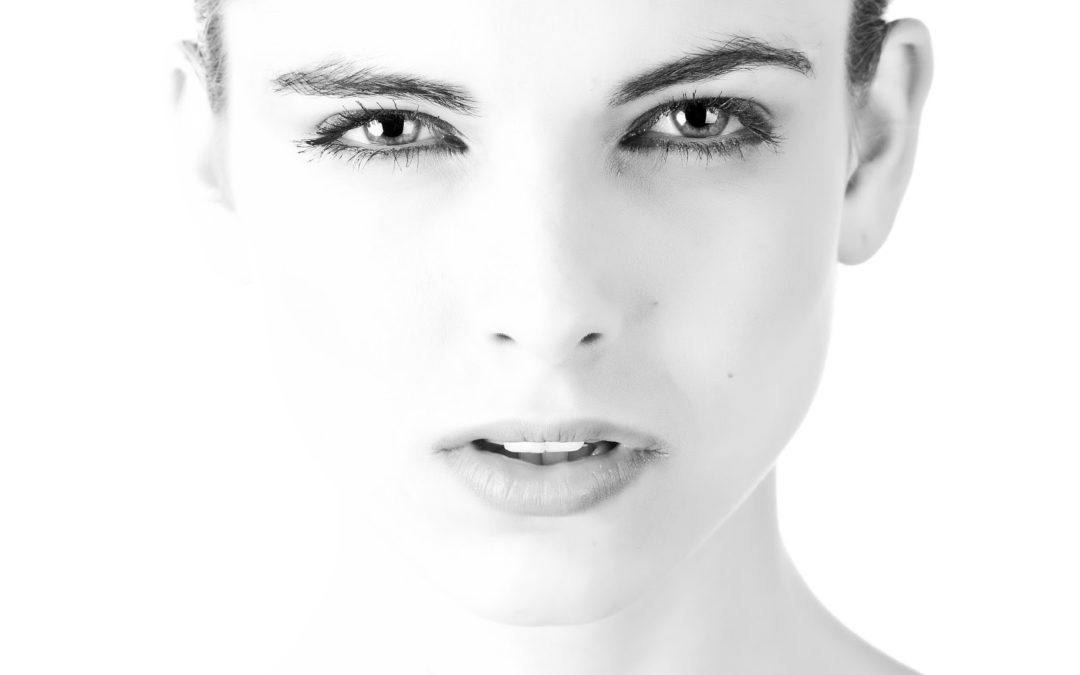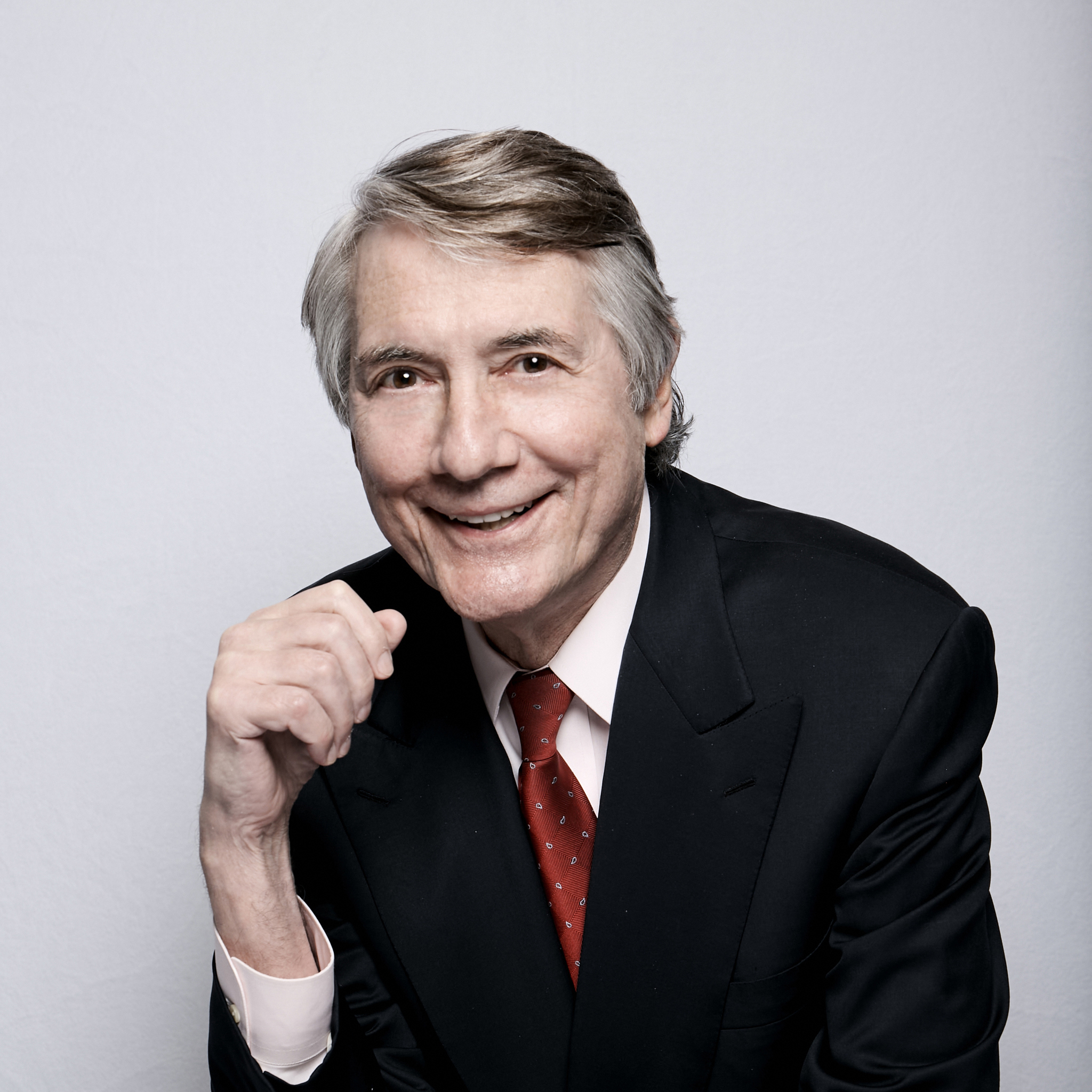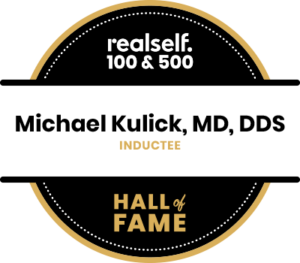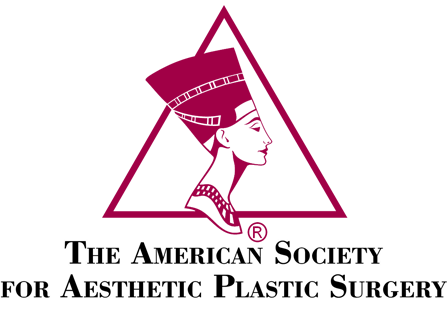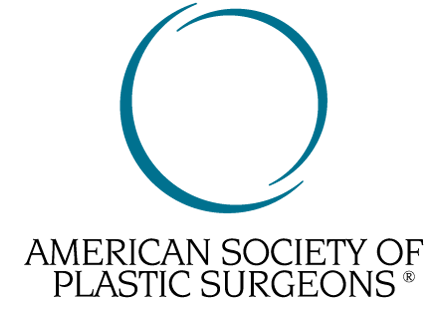Your wish is to reduce the fine lines, wrinkles, and maybe even acne scars on your face. But, you don’t want to have to take a month off work to recover from a surgical procedure. Laser skin resurfacing recovery can be faster than surgical options such as an extended facelift, with some of the added benefits.
Dr. Kulick, board certified plastic surgeon of San Francisco, can perform laser skin resurfacing by using lasers to remove the top layer of dead or damage skin cells. This procedure will be performed with carbon dioxide (CO2) or an erbium laser. Using pulsating beams of light, lasers can help reduce the appearance of fine lines and wrinkles, lighten dark or aging spots, reverse the visible effects of sun damage, help achieve a more even skin tone, and smooth or soften scars. It will not improve upon unwanted redness of the skin. So if you suffer from a condition called rosacea, laser resurfacing would not be the best form of treatment for your facial skin concerns.
What should I expect during laser skin resurfacing recovery?
The initial phase of laser skin resurfacing recovery takes approximately one to three weeks following the one to two hour treatment. Expect the treated areas to appear red and swollen at first, more than a sunburn. You may have crusting of your skin. Stinging or itching may be present for a few days following the resurfacing. Post-treatment care is critical to maximizing results. In the first few days of the recovery process, ask an aesthetician or someone you trust to assist with post-treatment procedures. For an easier recovery, sleep with an extra pillow at night to elevate your head. A wrapped ice pack can be placed on the treated areas for 15 minutes every 1 to 2 hours during the first day or two to ease swelling or discomfort.
 During the next phase of your recovery process, Dr. Kulick will recommend skin care routines for you to prevent scabs from forming. As outlined by the American Society of Plastic Surgeons1, most patients are asked to clean the treated areas two to five times a day with saline or a diluted vinegar solution. A vinegar solution is 1 teaspoon of white vinegar in 2 cups of water. Soak gauze in the vinegar solution and gently apply the dripping wet gauze to the treated areas for approximately 10 to 15 minutes. Then using gentle pressure, wipe the treated area, avoiding aggressive pressure. Clear drainage and tiny areas of bleeding in this area may be present on the day of surgery or the following day. Apply new dressings daily.
During the next phase of your recovery process, Dr. Kulick will recommend skin care routines for you to prevent scabs from forming. As outlined by the American Society of Plastic Surgeons1, most patients are asked to clean the treated areas two to five times a day with saline or a diluted vinegar solution. A vinegar solution is 1 teaspoon of white vinegar in 2 cups of water. Soak gauze in the vinegar solution and gently apply the dripping wet gauze to the treated areas for approximately 10 to 15 minutes. Then using gentle pressure, wipe the treated area, avoiding aggressive pressure. Clear drainage and tiny areas of bleeding in this area may be present on the day of surgery or the following day. Apply new dressings daily.
Protective skin care treatments recommended by Dr. Kulick will help your skin heal, and you must wear sunscreen formulated for the sensitive, rejuvenated skin on your face. A sun protection factor (SPF) of at least 30 is recommended with a broad-spectrum base covering both ultraviolet A and B rays. In addition, a wide brimmed hat and wrap-around sunglasses will help protect the newly formed skin whenever you go out into the sun. Overall, it is best to avoid direct sunlight during the first couple days of healing. Moisturizer, under the direction of your surgeon, can be applied.
Within the first week, the treated area will peel, and new skin will be pink to red depending on how deep your treatment was. . This new color should gradually lighten in two to three months. You can cover up the new skin with an oil-free makeup within a week or two. You should also notice fewer wrinkles, brown spots, acne depressions, and more even and supple skin tone. Light exercise, such as walking or yoga, can be resumed after a week. During the second week, most patients are able to return to work and normal society activities. Patients can return to normal exercise routines, as long as they don’t maximize their efforts.
Retin-A or other glycolic acid products may be resumed around six weeks post resurfacing as directed by Dr. Kulick.
To see all the benefits from laser skin resurfacing, it is important to allow your body time to heal and following post-treatment guidelines as directed by Dr. Kulick, board certified plastic surgeon of San Francisco with more than 20 years of experience. To see the recovery and results of past patients, check out the photo gallery and contact our offices to schedule an appointment today.
Additional Resources
- American Society of Plastic Surgeons. What should I expect during my laser skin resurfacing recovery? Retrieved from https://www.plasticsurgery.org/cosmetic-procedures/laser-skin-resurfacing/recovery

